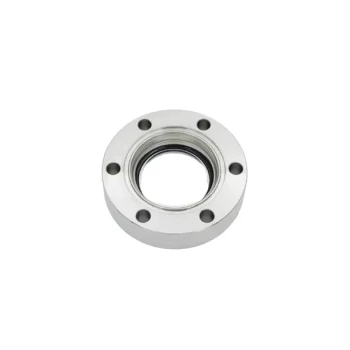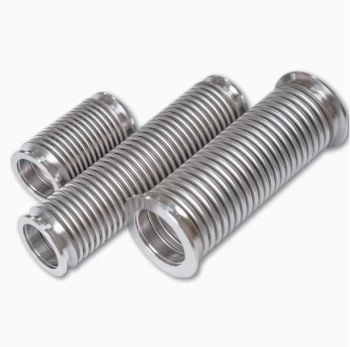Vacuum induction furnaces are specialized equipment designed for high-temperature processing of materials under controlled vacuum conditions. Their primary purpose is to enable precise heat treatment, melting, and refining of metals and alloys without oxidation or contamination. By creating an oxygen-free environment, these furnaces ensure the purity and quality of materials being processed, making them indispensable in industries requiring high-performance materials like aerospace, automotive, and jewelry manufacturing. The vacuum environment also enhances energy efficiency and safety during extreme temperature operations.
Key Points Explained:
-
Oxidation Prevention and Contamination Control
- The vacuum cleaning furnace environment eliminates oxygen and other reactive gases, preventing oxidation and surface defects in metals and alloys.
- This is critical for applications like jewelry manufacturing, where even minor impurities can degrade product quality.
-
Material Refining and Purity Enhancement
- Vacuum induction furnaces refine ingot materials by removing impurities and adjusting chemistry through controlled melting and solidification.
- The absence of atmospheric contaminants ensures cleaner, more uniform end products with improved mechanical and thermal properties.
-
High-Temperature Capability
- These furnaces can reach extreme temperatures suitable for melting precious metals (e.g., gold, platinum) and specialized alloys.
- The vacuum environment allows for efficient heat transfer while minimizing energy losses.
-
Applications in Mold Manufacturing
- In mold production, vacuum induction furnaces treat and refine materials to achieve precise grain structures and hardness.
- This ensures molds have the durability and performance required for high-stress industrial applications.
-
Research and Development Support
- The controlled environment enables experimentation with new alloys and composite materials.
- Industries benefit from reduced scrap rates and faster innovation cycles.
-
Safety and Efficiency
- Vacuum operation reduces risks associated with high-temperature processes, such as explosions or toxic fume release.
- Lower material wastage translates to cost savings and sustainable production practices.
By integrating these features, vacuum induction furnaces address critical challenges in material processing, making them a cornerstone of modern metallurgy and precision manufacturing.
Summary Table:
| Key Benefit | Description |
|---|---|
| Oxidation Prevention | Eliminates oxygen to prevent surface defects in metals and alloys. |
| Material Refining | Removes impurities for cleaner, more uniform end products. |
| High-Temperature Capability | Melts precious metals and alloys efficiently with minimal energy loss. |
| Mold Manufacturing | Enhances grain structure and hardness for durable industrial molds. |
| R&D Support | Enables experimentation with new alloys, reducing scrap rates. |
| Safety & Efficiency | Reduces risks and material wastage, ensuring cost-effective production. |
Upgrade your material processing with KINTEK’s advanced vacuum induction furnaces!
Leveraging exceptional R&D and in-house manufacturing, KINTEK provides high-performance vacuum induction furnaces tailored for aerospace, automotive, jewelry, and precision mold production. Our solutions ensure oxidation-free melting, superior material purity, and energy-efficient high-temperature operations.
Contact us today to discuss how our customizable vacuum furnace systems can meet your unique experimental or production needs!
Products You Might Be Looking For:
High-vacuum valves for contamination-free systems
Observation windows for real-time process monitoring
Silicon carbide heating elements for extreme temperatures
Molybdenum disilicide heating elements for consistent performance
Vacuum electrode feedthroughs for precision power delivery



















